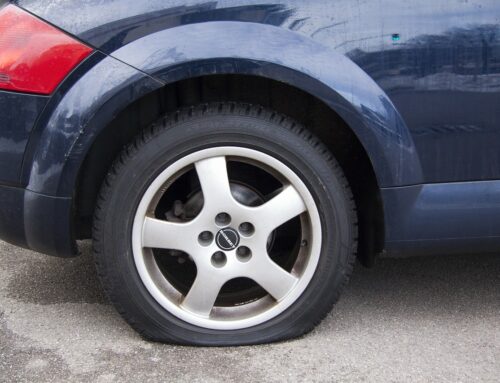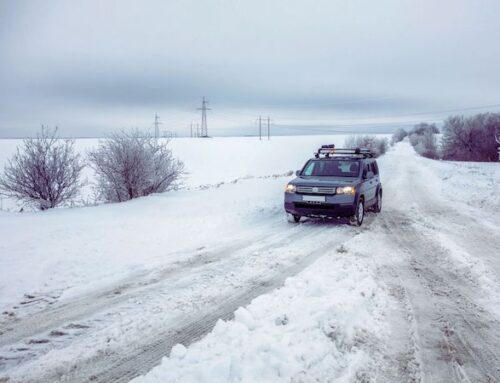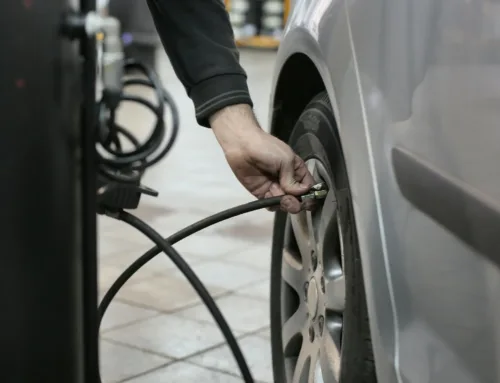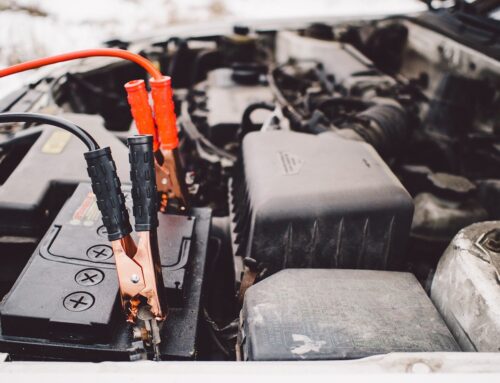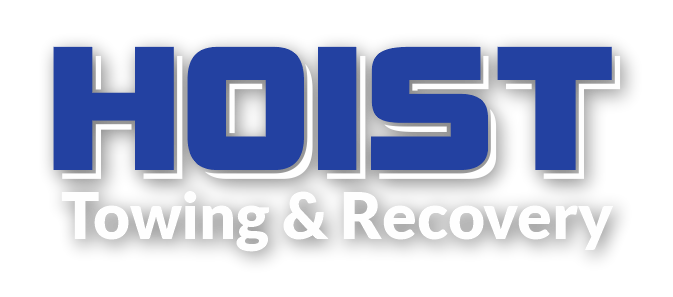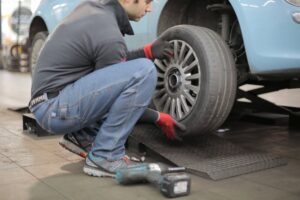 One of the most common roadside assistance calls that towing companies receive are calls for help with a flat tire. For a towing company, changing a flat is simple. But for the driver, it can be a real nuisance. Hoist Towing & Recovery offers some fast and simple preventative measures for drivers to consider. Conduct monthly maintenance inspections, focusing on proper tire inflation pressure, tread wear and damage, in addition to recurring tire rotation and balancing, and alignment services.
One of the most common roadside assistance calls that towing companies receive are calls for help with a flat tire. For a towing company, changing a flat is simple. But for the driver, it can be a real nuisance. Hoist Towing & Recovery offers some fast and simple preventative measures for drivers to consider. Conduct monthly maintenance inspections, focusing on proper tire inflation pressure, tread wear and damage, in addition to recurring tire rotation and balancing, and alignment services.
Check Your Tire Pressure
Periodically checking your tire pressure gives you more mileage from your engine, while keeping stress away from it. Under-inflated tires will require more energy to move, leading to lesser fuel efficiency and engine stress. Correctly-inflated tires will grip the road surface better than either under- or over-inflated, leading to better control of the vehicle. A higher-than-specified tire pressure can be a hazard, since on long drives, the air inside may heat up and expand. This can lead to dangerous blowouts. Also with under inflated tires, the surface contact area decreases dramatically and handling on wet surfaces becomes a major issue.
Heavy Cargo
Overloading your vehicle is another sure way to damage your wheels. Every vehicle has a weight capacity, and loading a vehicle beyond that capacity can cause flats and blowouts.
Tire Rotation
Rotating your tires can help reduce irregular wear, which will help them last longer and maintain the fuel efficiency of your vehicle.
Check your owner’s manual for information on how frequently the wheels on your vehicle should be rotated and the best pattern for rotation.
If recommended by the vehicle manufacturer, rotation should be done every 5,000 to 8,000 miles or sooner if uneven wear appears.
For some vehicles, rotation is not recommended. If your front and rear wheels are different sizes, you may not be able to rotate them. Check your owner’s manual for guidance.
Wheel balancing ensures your wheels rotate properly and keeps the vehicle from shaking or vibrating. Always have new tires balanced at installation.
Inspect the Tire Tread
Depending on the quality of your wheels, your driving habits, the weather, and cargo weight even the best tires show signs of wear and tear. Whenever you have the air pressure checked, check your tread depth. To check the tread yourself, use a penny with Mr. Lincoln’s head facing you. Insert the penny (head-first) in between the tread, and if the tread is above his head, it’s time for a professional inspection. If you also notice uneven tread wear, have your wheels inspected to determine the cause. Additionally, look for irregular wear patterns. If the tread is wearing down unevenly, it can be a sign of a problem.
What should I do if I have a tire blowout while driving?
The goal in any blowout is to keep the vehicle balanced and controllable. Do not panic. Any overreaction – including slamming on the brakes or abruptly removing your foot from the accelerator – can result in a loss of control over the vehicle. Instead, you should take the following steps:
- Hold the steering wheel with both hands
- Allow your vehicle to slow down if possible and if it’s safe to do so.
- Correct the steering as necessary to stabilize your vehicle and regain control. Look where you want the vehicle to go and steer in that direction.
- Once your vehicle has stabilized, continue to slow down and pull off the road where and when you judge it’s safe to do so.
These important tips from Hoist Towing & Recovery can help keep you safe while driving on the road. If you do find yourself stranded, whether from a flat or any other situation, call Hoist Towing & Recovery at (928)-660-0606. We are available 7 days a week. For more information on tire safety click here.


